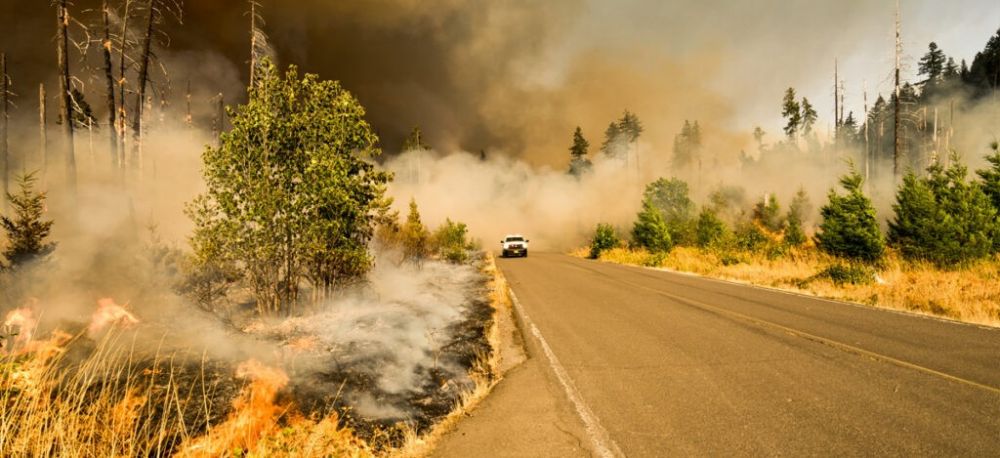Riskthinking.AI: Climate Risk Classification Standard
The lack of scientifically-based standards for codifying climate risk causation has hindered the development of methods for measuring and managing climate related financial risk. For this reason, Riskthinking.AI have developed a Climate Risk Classification Standard (CRCS™).

The lack of scientifically-based standards for codifying climate risk causation has hindered the development of methods for measuring and managing climate related financial risk. For this reason, Riskthinking.AI have developed a Climate Risk Classification Standard (CRCS™).
It is designed to classify transition, investment and physical risk related to climate change in a consistent and rigorous scientific manner. The CRCS provides a robust, consistent and scalable hierarchy for understanding and comparing exposure to climate-related risk. It is the missing piece needed to respond to the global financial community’s need for a globally comprehensive, accurate, and auditable approach to defining and classifying climate risk factors and determining their economic impact.
Description
The CRCS is based on a physically consistent causal hierarchy of measurable earth system variables and climate related phenomena covering any location (land and sea) on earth. The CRCS is a globally consistent geospatial standard that scales from climate risk regions down to the individual assets.
The geospatial nature of the CRCS means that any asset class or group of assets can be mapped to a CRCS based on its geographic location. This standard provides a robust and consistent method for linking distributed assets at a global scale including their intermediary dependencies via supply chain disruptions. CRCS provides a geospatial reference following the Intergovernmental Panel on Climate Change (IPCC) climate regions defined in the Climate Change Atlas.
These regions are linked to; climate transition scenarios (SSP and NGFS), climate elements and climate risks (chronic, acute and compound), through the climate modulators (for example ENSO, IOD, Monsoon). The climate modulators are the causal link defined by climate science, through direct and indirect (teleconnections) influence of temperature and precipitation patterns to the global atmosphere, ocean and cryosphere.
You can read more here.
Riskthinking.AI will be speaking at the Sustainable Investment Forum Europe in April, bringing together asset owners and managers, ratings agencies, banks, UN and Government policymakers, investors, development banks, think tanks, and NGOs committed to driving forward the sustainable finance agenda. Register your place for free here.






